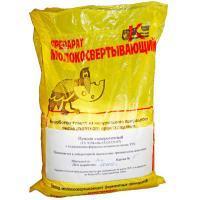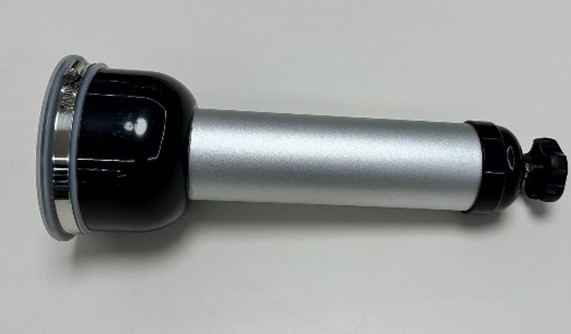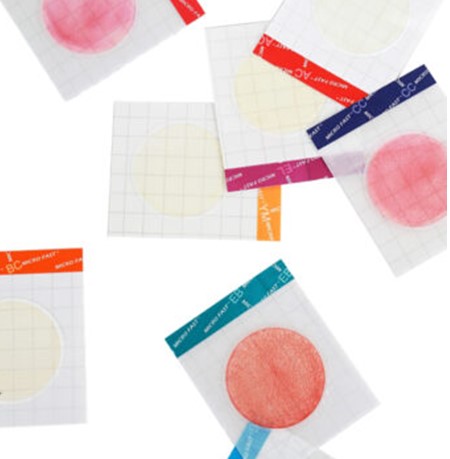ACRA resumed financial stress assessment after a year-long break

The Analytical Credit Rating Agency (ACRA) has restarted the financial stress index, the company said in a statement to RBC. ACRA has been calculating the value of the indicator since 2016 and disclosing it on a daily basis, but in the spring of 2022, it stopped publishing the indicator after it jumped to multi-year highs. During the break, eight changes were made to the calculation methodology, ACRA points out.
The indicator, launched more than six years ago, is calculated on a ten-point scale. It takes into account the dynamics and volatility of such components as the ruble exchange rate, the price ofoil , inflation , Moscow exchange index, government bond yields, etc. As of April 25, the index value is at around 1.215 points. The current level is "significantly below the conditional limit of increased stress (2.5 points)", according to the ACRA review. During the first half of the month, the index rose by 0.63 points due to volatility in inflation, the exchange rate and oil prices, fell by 0.12 points from April 17 to 24, but rose again by the same 0.12 points on April 25.
At the beginning of March 2022, the index value reached 3.1 points, which, according to the methodology, indicated the proximity of the financial crisis, RBC wrote. Shortly thereafter, the agency stopped updating the indicator "due to the unavailability of market data, which form an important part of the information base of the index." Since the end of February, after the start of the military operation in Ukraine and the freezing of the reserves of the Central Bank, the Moscow Exchange stopped trading in most markets.
Now ACRA has updated the assessment methodology. As stated in the materials of the agency, it clarified the mechanism for smoothing weekly inflation data, changed the approach to calculating oil prices (previously, data on the daily traded Brent brand, on which the price of Russian Urals depended, were taken for calculations; now, when the discount on Russian oil increased, analysts average their values), and also replaced the volatility of the ruble against the DOLLAR with the maximum volatility against one of the three currencies ( dollar , euro, yuan), etc.
With this approach, the level of financial stress last spring is estimated to be even higher than before, follows from ACRA's recalculations given in the agency's review. If, according to the old method, the index reached a maximum of about 7 points in April, then according to the new method, the record was all 10 points and fell on March 12. In April, stress began to decline, but a new surge was observed on August 11 (3.7 points) and also on September 28 (4.7 points), shortly after the start of partial mobilization. Since the beginning of October, the index has been below the critical value of 2.5.
In general, the index will help in identifying financial crises, building recession leading indicators, building indicators of the economic or credit cycle, as well as predicting Central Bank decisions, ACRA analysts write. “Since 2006, all four episodes of falling real quarterly GDP have followed rising financial stress and the index. At the same time, increased financial stress without an economic downturn following it
has not been recorded over the past 17 years. ACRA FSI RU (index name. - ) can be calculated every day, and the first statistical estimate of real GDP, as a rule, appears only a month after the end of the reporting quarter,” economists describe the possibilities for using the financial stress index.
Read together with it:
- A tanker carrying Russian oil bound for India has been turned back after US sanctions.A vessel carrying 750,000 barrels of oil , which departed Primorsk on October 20, turned back a week after the US imposed sanctions on Rosneft and Lukoil. it was scheduled to sail to India.A tanker carrying Russian oil bound for India has changed course and is now drifting in the Baltic Sea, reportsBLOOMBERG, citing data from the Kpler and Vortexa vessel tracking platforms, clarifies that the situ...




























































